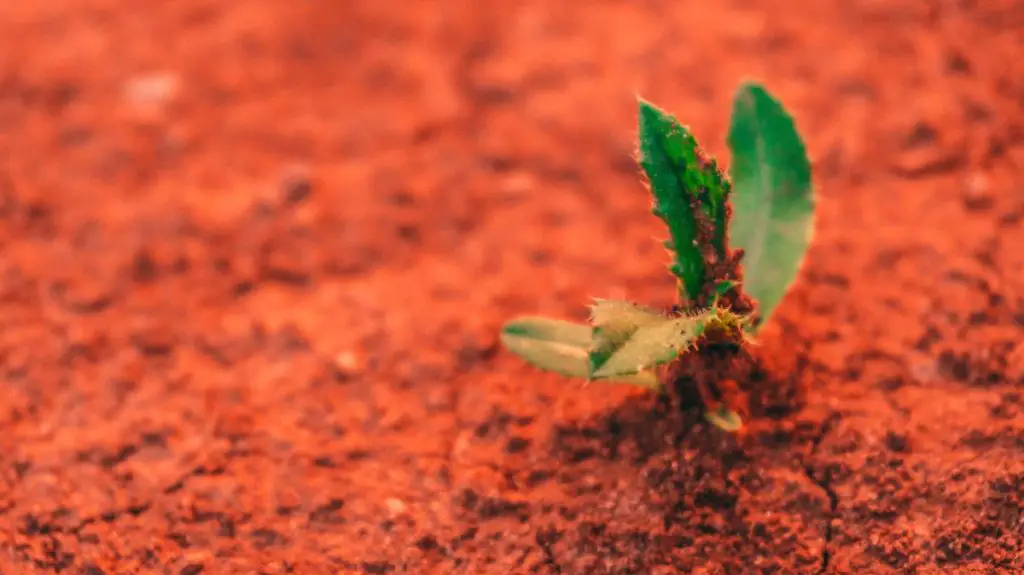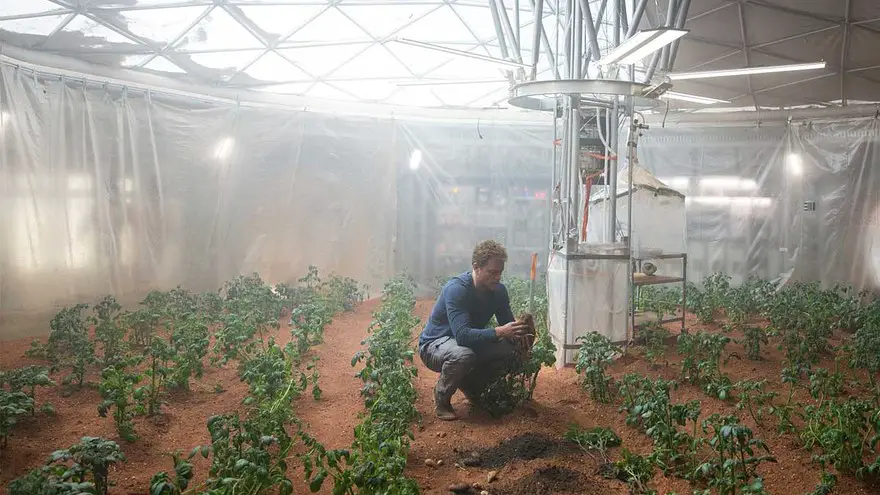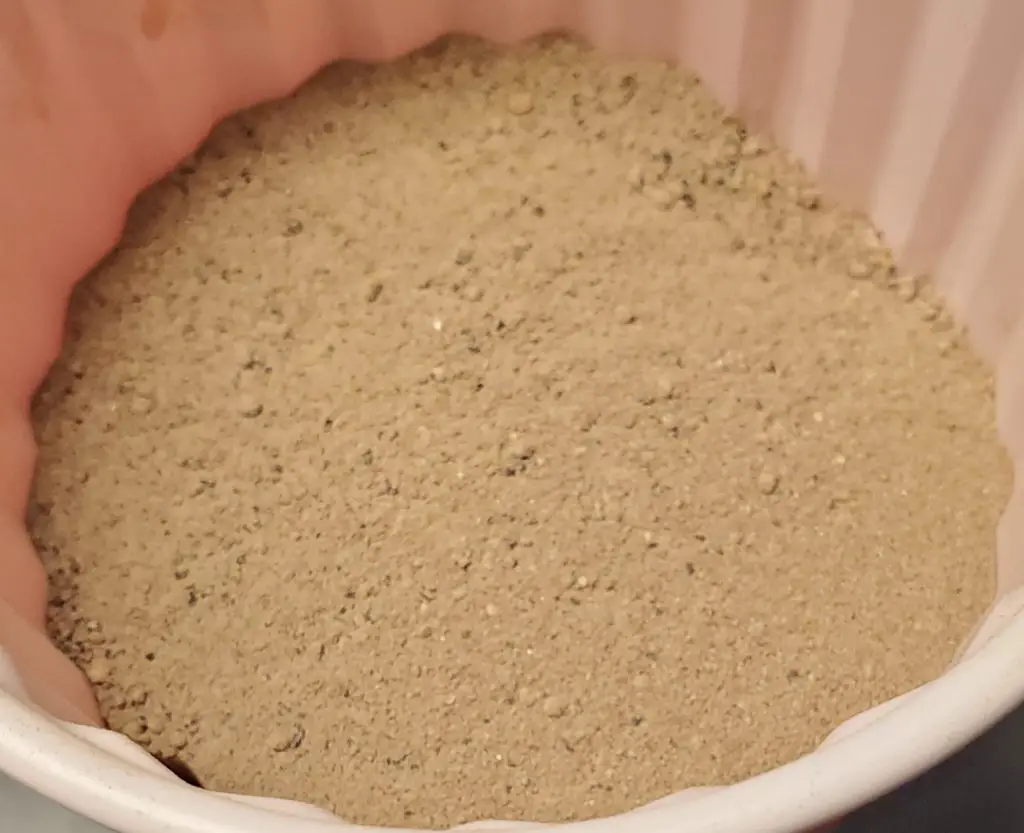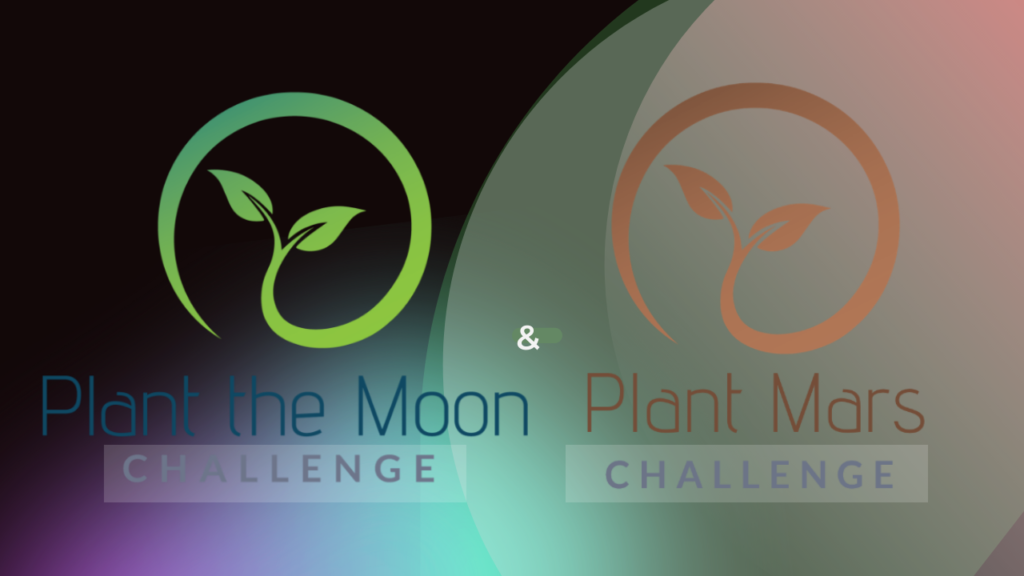Every once in a while, The Grow Monster comes across a topic that might not be directly related to suburban gardening, but definitely something the suburban gardener can explore with their families. This year, we came across the Plant the Moon / Plant Mars Challenge and are happy to announce what The Grow Monster discovered along with the awards we received for participating. You can read more about our experiment here.
What is The Plant the Moon / Plant Mars Challenge? The program assists the National Aeronautic Space Association (NASA) and academic community to learn how to grow plants on the Moon and Mars. It is managed by the Institute of Competitive Sciences (ICS) and is a 10 week challenge that encourages participants to examine how plants can grow in Lunar or Martian regolith simulants (soils). It encourages elementary, middle school, high school, undergraduate, and professional teams (e.g., The Grow Monster) to showcase their work at the virtual symposium with The Science Advisory Board (comprised of NASA scientists, professors, and other scientists) where best-in-show awards are presented in the areas of best growth, best experimental design, best evaluation of results, and best innovation.
In this post, The Grow Monster will describe the following about the Plant the Moon / Plant Mars Challenge:
- The Artemis Program
- The Challenge
- How to Register
The Artemis Program
Why do we have challenges such as Plant the Moon / Plant Mars challenge? Answer: because of Astrobotany programs such as Artemis. It was made clear when the president signed the White House Space Policy Directive 1 on December 11, 2017 that human expansion across the solar system will be the intention. This included long-term efforts for returning humans back to the moon for the first time since 1972 and building upon that experience for human exploration of Mars through NASA’s Artemis program. Click here to learn more about the history of Astrobotany.
With that being said, we need to begin studying methods and processes for growing sustainable food sources on the Moon, Mars, and beyond.
There is a level of impracticality with the cost of continued resupply of food resources from Earth to other celestial bodies such as the Moon or Mars. Cargo space on spacecraft is preciously limited and would be better utilized for specialized instruments and equipment rather than for the continuous resupply of food. Therefore, it is important to start considering ways in which we can be more self-sufficient on places we intend to colonize such as the Moon, Mars and beyond. And this colonization begins with the ability to grow plants.
It is not so much a question of ‘what’ plants should be grown on Mars, but how we can amend the soils in the most optimal way so that the plants themselves can be successfully started and grown in them at all. We have data and samples for Lunar soils from various Apollo missions. Based on data returned from the Martian lander missions, scientists have been able to determine a general mineral / chemical composition of the soils (regolith) on Mars. Labs can create regolith ‘simulants’ that enable us to simulate the soil for researchers to study. The Exolith Lab at the University of Central Florida provides the regolith simulants to be used by the participants for the Plant the Moon / Plant the Mars Challenge.

The Challenge
The challenge is a global science experiment that began in the spring of 2021 and is managed by the Institute of Competition Sciences (ICS). This challenge provides citizen scientists with an opportunity to help NASA and academic community at large to further our understanding on how to grow plants on the moon and mars. It allows the public to participate in both furthering our knowledge and making others aware of the new challenges that are faced with sustaining humans on the Moon and Mars for extended periods of time. When a participant registers, they can choose to participate in one or both challenges:
- Plant the Moon challenge – (participant receives a 5kg bag of Lunar regolith simulant to grow their experiment in)
- Plant Mars challenge – (participant receives a 5kg bag of Martian regolith simulant to grow their experiment in)
As an aside, The Grow Monster proposes an additional challenge to one day include:
- The Plant Space Challenge – (participants can explore processes and methods for growing/sustaining plants in micro gravity).
There are three challenges a year: in the spring, summer, and fall/winter. The challenge timeline is as follows:
- Registration Opens
- International Registration Closes / Space Grant Funding Applications Due
- Regular Registration Closes
- Opening Symposium
- Week 1 – Grow Period Begins
- Week 3 – Team Video Update
- Week 4 – Question Submission: Science Advisory Board
- Week 5 – Midpoint Webinar
- Week 6 – Optional Office Hours & Check-in
- Week 8- Team Video Update
- Week 10 – Grow Period Ends
- Team Reports Due
- Closing Symposium & Awards Ceremony
The Grow Monster was delighted with the opportunity to have the Science Advisory Board available to ask questions throughout the challenge. The Q&A session during week 4 was very informative and helpful. The participant questions and videos helped build a sense of community that we are all trying to answer these important questions. It also helped to know what other trials and tribulations were being experienced by the other participants.

Registration
When to register?
Registration for the challenges can be done in the spring, summer, or fall per the deadlines set for those challenge categories.
Participant categories to register in ?
Educators can register their classes in the elementary, middle school, highschool, or undergraduate categories. While independent groups and families such as The Grow Monster can register under ‘professional’.
What is the registration fee?
There is a cost to register in order to help pay for regolith simulant that is sent to participant groups through the mail. If a participant group chooses to grow in lunar regolith simulant (Plant the Moon Challenge), the fee will be $399. Likewise, if a participant group chooses to grow in Martian regolith simulant (Plant Mars Challenge), the fee will be $399. If a participant group chooses to grow in both regolith simulants for the challenge period, then the fee will be $798 and that team will receive a 5kg bag of lunar and a 5kg bag of Martian regolith simulant. Registration also includes a project guide, guidance from Institute of Competition Sciences staff, and the opportunity to ask NASA experts on the Science Advisory Board.
Are there any grants available to offset the registration fees?
Yes, grants are available to assist with the registration fees. You can see the participating state Space Grant Consortiums listed on the Plant the Moon website here.
Is there an FAQ page for additional questions?
There is an FAQ page answering additional questions about shipping, refunds, participation, funding, and growth that can be found here.

Conclusion
The Plant the Moon and Plant Mars Challenge is a great opportunity to experiment growing plants in soils that might not be as hospitable to plants as our Earth soil. This challenge presents the opportunity for students, families, and suburban gardeners to try something different to further their knowledge of how plants grow and deepen our appreciation for the soil we do have here on Earth. An added benefit of participating in the challenge is learning how to overcome some obstacles we might be facing in our own home gardens here on Earth.
The Grow Monster enjoyed this opportunity and you can read more about our experience with the program here. If you would like to learn more about growing plants on The Moon click here. If you would like to learn more about growing plants on Mars click here. We have also created a comprehensive timeline of Astrobotany that you can access here.



Pingback: What is Astrobotany: A Comprehensive Timeline - The Grow Monster
Pingback: Can Plants Grow on Mars? - The Grow Monster
Pingback: Can Plants Grow on the Moon? - The Grow Monster